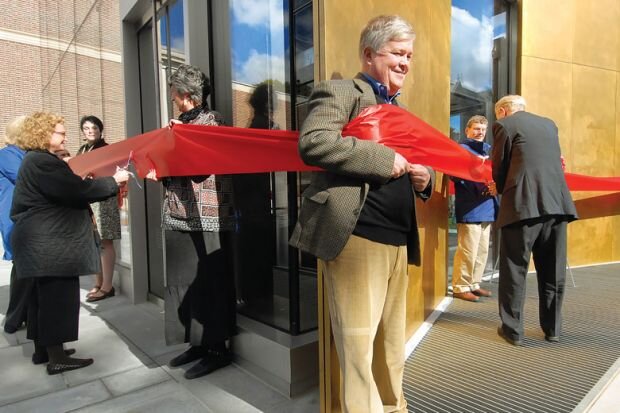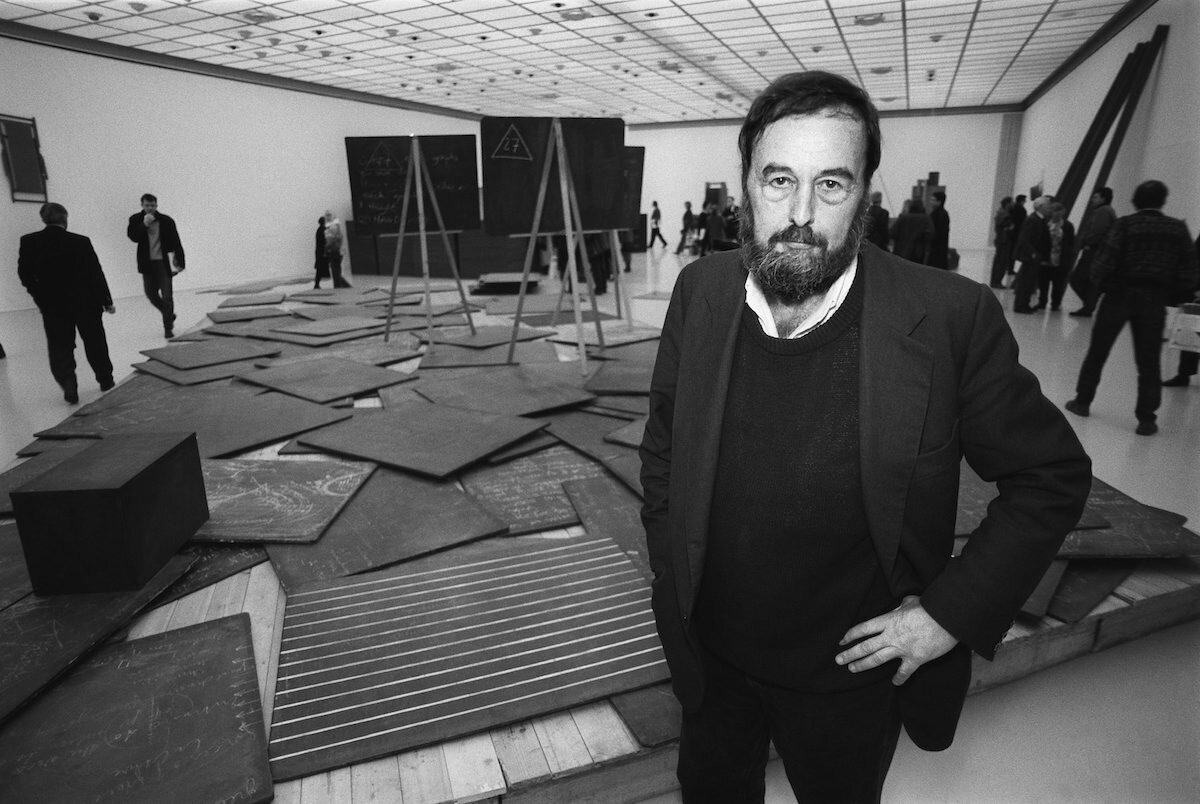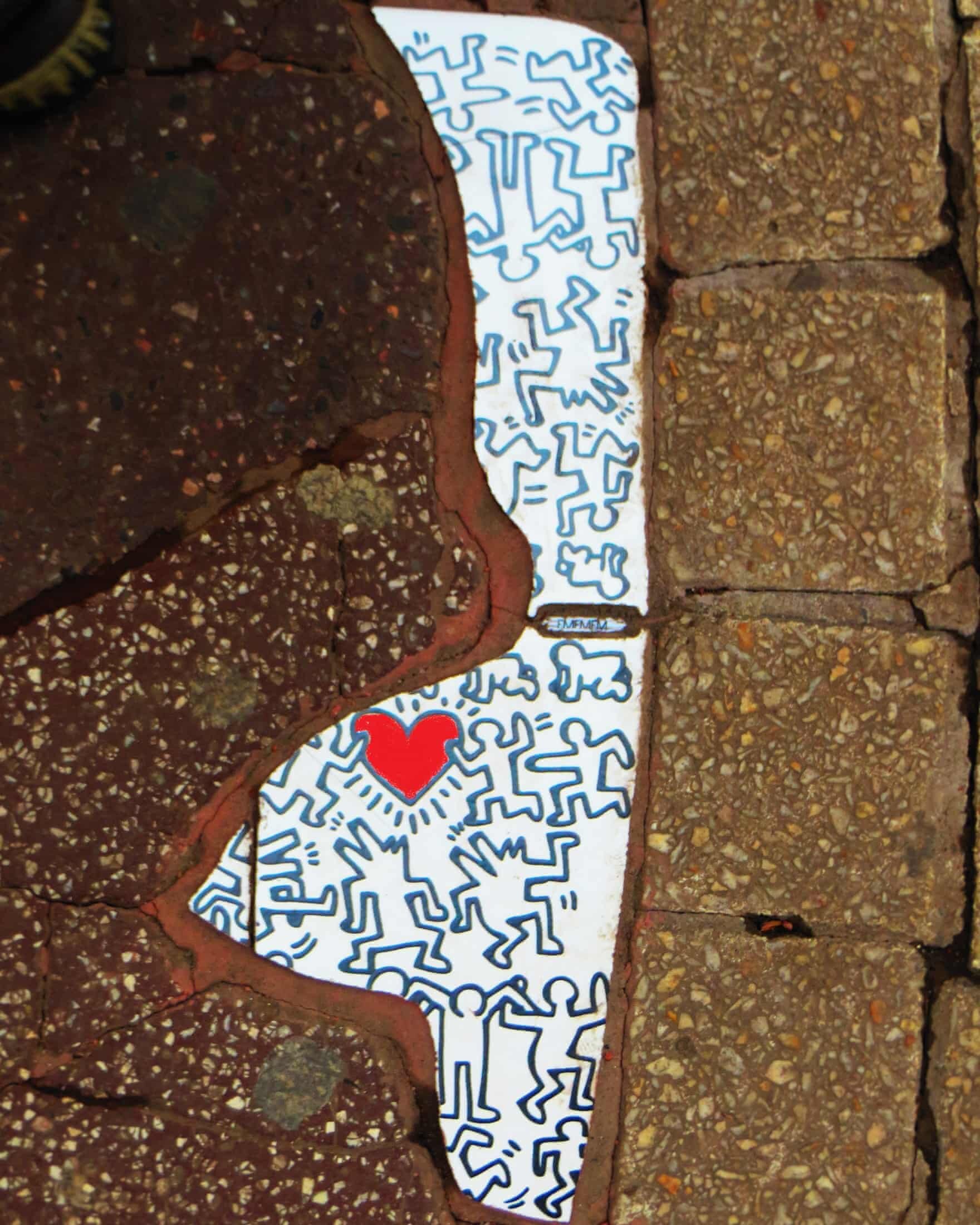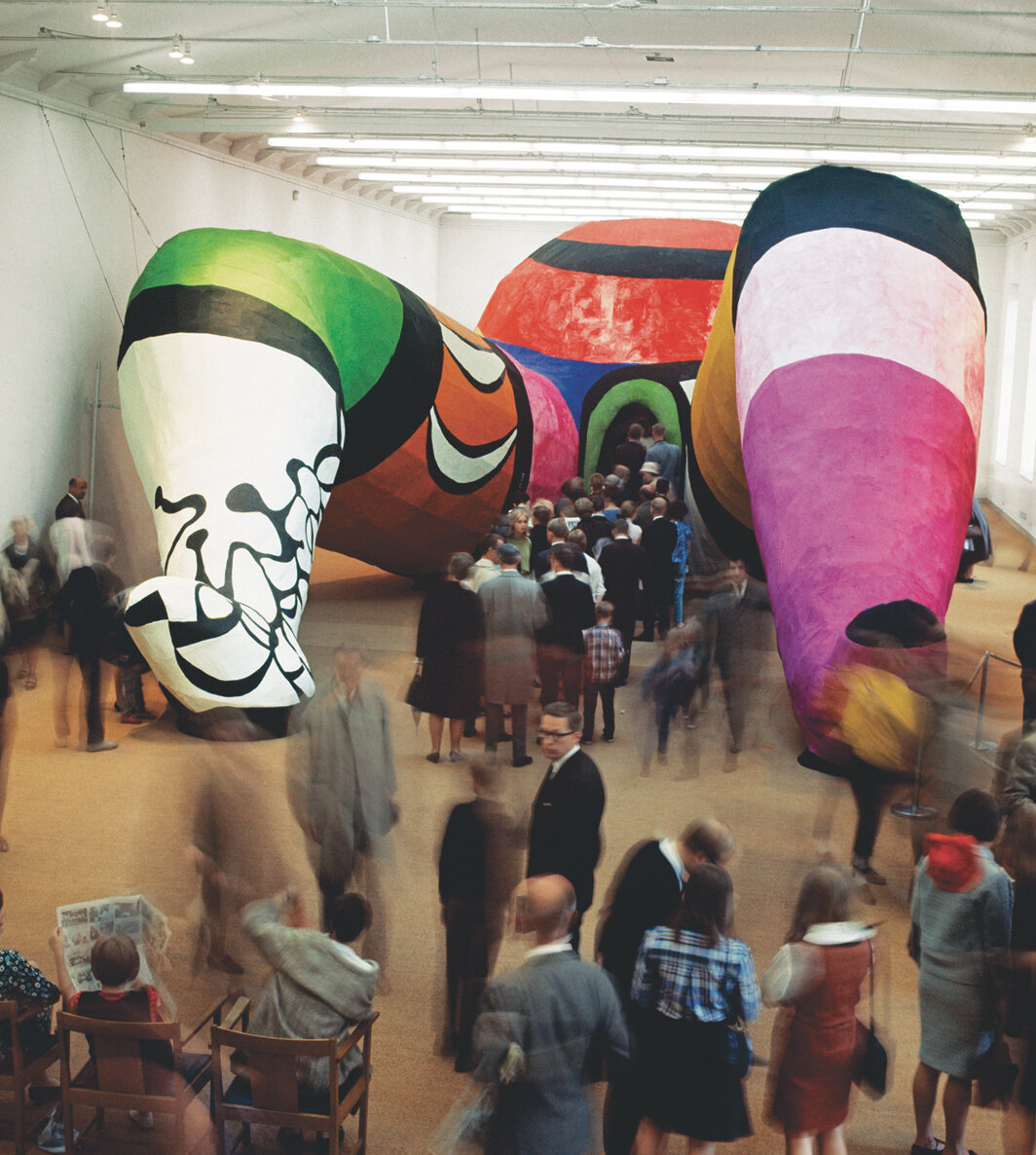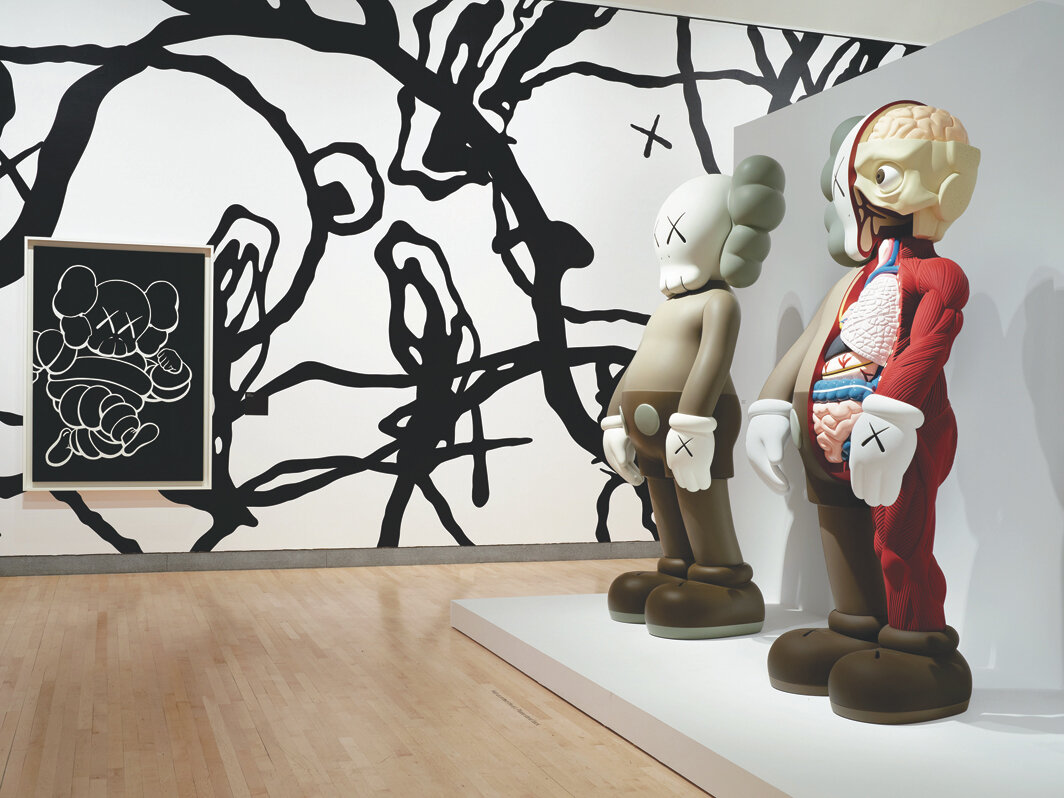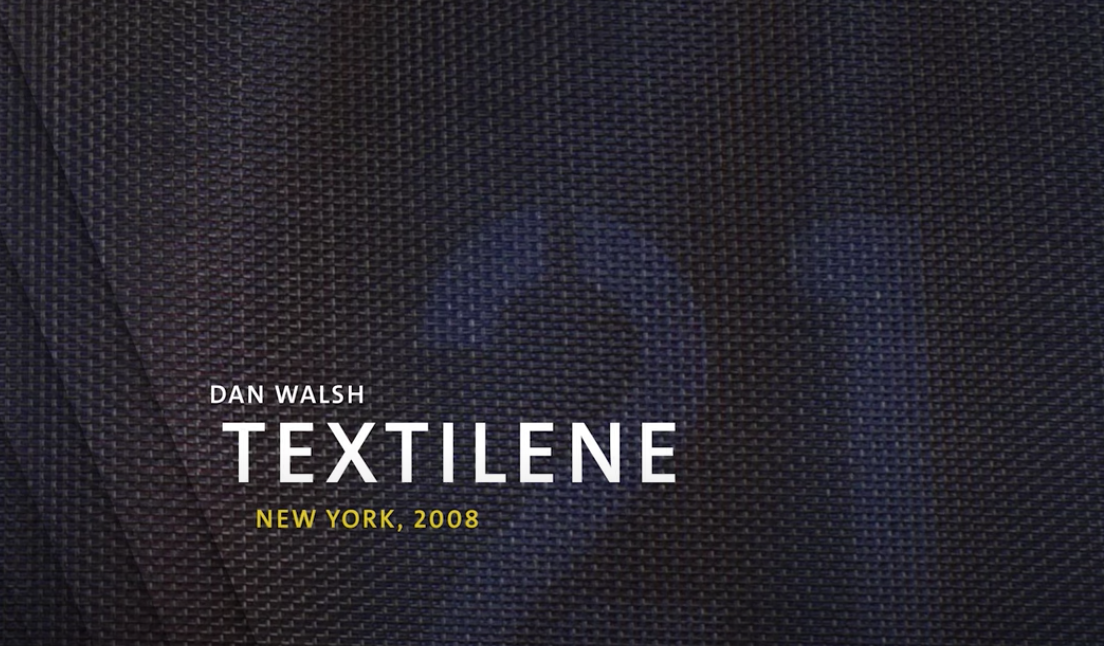The notion of “freedom” is among the most subjective concepts one can ponder. And we’ve all been thinking about this idea, a lot, during the pandemic. The spectre of freedom pops up everywhere, especially in the visual culture realm, whether it be through television series and films that remind us of pre-Covid life and/or make fantasy of alternative spaces and places where touch, travel, easy access, and anxiety-free exploration exist, or the memory function of our social media, teasing us with evidence of times in the past we were free. Five years ago you were walking museums in New York, three years ago you attended a large holiday party with friends, two years ago you were hugging distant family members etc… etc...
In the world of art and design, the theme of freedom also appears to be ever-present. One of the assignments I gave my Contemporary Art History students this spring was to curate an exhibition as a group that would probe the idea of what a“Post-Pandemic” future might look like. As part of the exercise, I assigned each of them an artist and work of art from the 2013 book How To Read Contemporary Art: Experiencing the Art of the Twenty-First Century and then set them with the task of choosing another work by their assigned artist that spoke in some way to the kinds of ideas and themes they thought would be relevant to audiences coming out of the pandemic today. Not surprisingly, many if not all of the final curated selections spoke directly to freedom in some way-- freedoms we have overlooked, freedoms we have taken for granted, freedoms that are uneven and not shared equally across racial, gender, and socio-economic lines, and freedoms in the abstract extended to space, environment, and technology. Many if not all of the chosen art works would not have made sense to audiences even two years ago.
In a similar vein, I was taken with a viral tweet from a few weeks ago where an artist posted images from her third year drawing students imagining post-pandemic New Yorker magazine covers. In both the covers, and the many comments about the covers, there exists a tension between the desire to imagine a world free of the pandemic for good, and the recognition that some freedoms may be forever, or at least irreparably, changed.
When I saw these covers, I was immediately reminded of Dexter Dalwood’s Situationist Apartment May ‘68 (2001)—my featured artwork this week (see top of page). Here, a contemporary artist in 2002 is coming to terms with utopic notions of freedom emanating from the global student protest movements of the late 1960’s—notions that appear all too quaint, simplistic, and altogether irrelevant and out of place and time in a world in the late stages of neo-liberal capitalism. As the Tate Modern summary to the work argues: “Dalwood’s use of the word ‘freedom’ at the top of the painting may be seen as pointing to a shift in the word’s significance, from the 1968 connotations of intellectual and political liberation from capitalism, to the contemporary consumerist obsession with freedom of choice.”
Only time will tell if “freedom of choice” will hold the same connection to the consumer mindset suggested by Dalwood in the opening decade of the twenty-first century. As the pandemic has shown us, and many of these imagined New Yorker images and the artworks my student’s curated support, the will to consume has not necessarily provided the full spectrum experience of freedom we may have believed it held in the past. As many learned over the past year, shopping one’s way through the pandemic could only bring momentary relief. Happiness did not come from those many Amazon purchases, and a year of staying at home laid bare to many of us the wasteful nature of our consumer habits. Instead, the return to a more intellectual and political liberation suggested by Guy Debord appears perchance to be in the air and on the horizon, and we will need to pay attention to our contemporary artists and cultural producers for the pre-verbal clues of what this new world will look like. How have our notions of freedom completely changed?
A few more things before the round up
Critics are divided over this year’s Academy Award ceremony (see one of my links below to read more), but I was very happy to see two of the films I chose as favourites—Promising Young Woman and Nomadland—given top honours in several categories, including Best Screenplay to Emerald Fennell, and Best Director to Chloe Zhao. An amazing evening for women creatives! I was also reminded of my favourite film from VIFF last year—Another Round—a Danish movie that took Best Foreign Language Film, and one that I hope more people will see. I just read Leonardo DiCaprio is slated to star in a remake for US audiences, and all I can ask is WHY? The original is perfect as it is.
Speaking of another film from the recent past gaining new audiences, the documentary McQueen—exploring the life of British fashion designer Alexander McQueen— is seeing new life on streaming cable channels after being screened in a limited run when first released in 2018. I am including the trailer here and cannot recommend this film highly enough to artists and designers alike. McQueen is one of those rare individuals who inhabited these two worlds equally, and his biography and creative output deserves to be studied and understood by many more in the art world.


